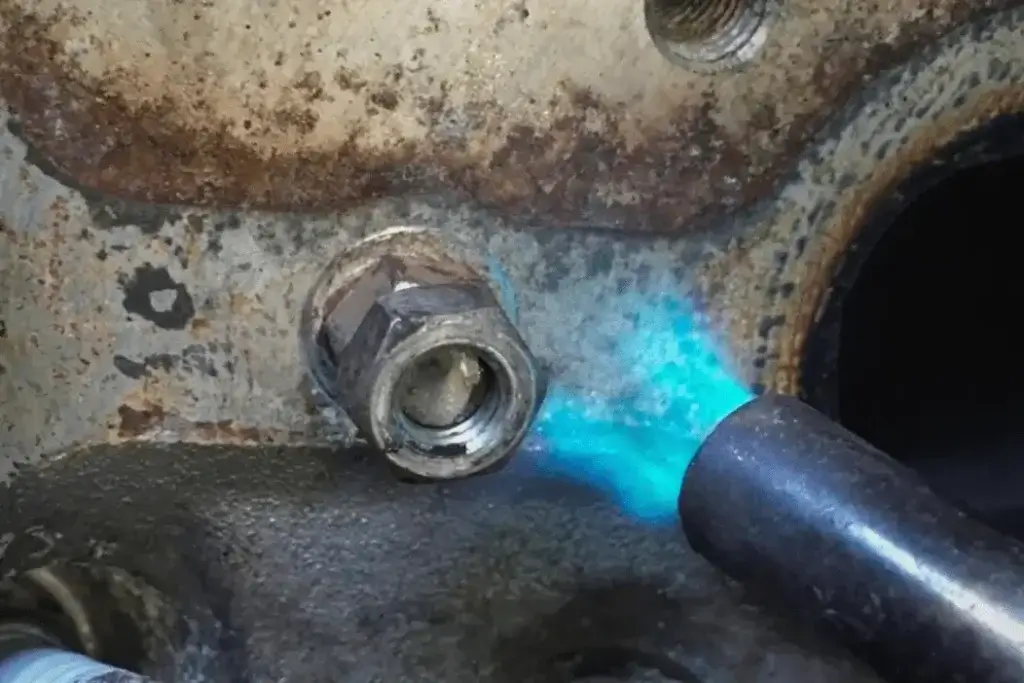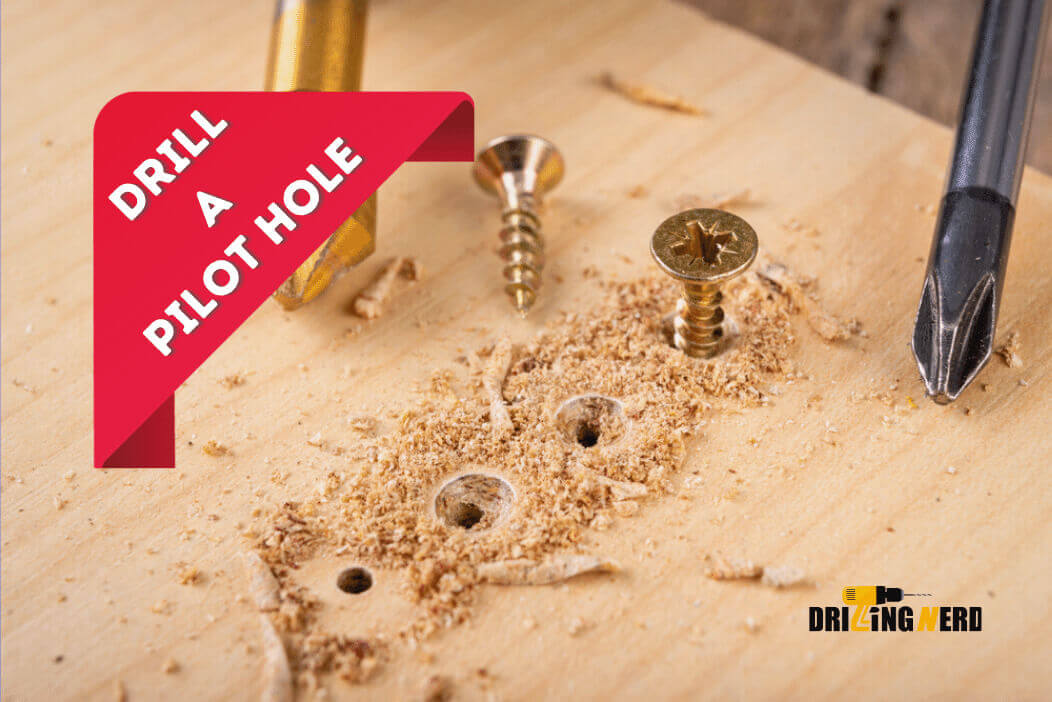In principle, metal bolts, headed fasteners with external threads that fit into proper non-tapered nuts, may be withdrawn and reattached whenever necessary. However, bolts can seize and shatter if they are over-tightened or otherwise pressured, making it difficult to extract them from their holes.
Are you at a standstill because you need to figure out how to remove a damaged bolt before you can carry on with your home building or deck construction project? It is possible to properly extract a broken bolt using the appropriate tools and method, allowing you to replace it with a new one.
How to Remove a Broken Bolt?
Attempting to remove a broken bolt can be very difficult, but if you have the appropriate equipment and know-how, it is feasible to complete the task. In this tutorial, we will go over a few approaches that may be utilized to get rid of a damaged bolt, such as drilling it out, utilizing a screw extractor, and applying heat.
Method 1: Drilling

Drilling is a common technique that is used while attempting to remove a damaged bolt. The following is a list of the steps that you should follow:
Apply penetrating oil to the bolt and spray it on: Penetrating oil breaks up rust and corrosion, making removing the bolt much simpler. Be sure to spray the bolt with enough oil, then wait at least 15–20 minutes to let it fully absorb the oil.
Use a center punch to make a small indentation: As you begin drilling, if you first make a small depression with a center punch, this will help keep the drill bit in place and prevent it from straying. After positioning the center punch in the middle of the damaged bolt, please give it a few strong taps with the hammer to loosen it.
Drill a pilot hole: To drill a pilot hole through the center of the broken bolt, use a drill bit with a diameter just a little bit smaller than the diameter of the bolt. Be cautious always about maintaining the drill bit centered and in a straight line. Use a drill guide to assist you in maintaining the drill bit centered if you are having difficulty doing so.
Employ a drill bit with a left-hand helix: A left-hand drill bit is intended to turn in the opposite direction of the clock, which can assist in releasing the bolt as you drill. Choose a left-handed drill bit larger than the hole you drilled for the pilot.
Drill into the broken bolt: Start drilling into the broken bolt with the left-hand drill bit, then continue drilling into the fractured bolt with the right-hand drill bit. As you are drilling, use hard yet consistent pressure, and be careful not to apply too much force. Continue to drill through the bolt even if it does not start to spin as you work on it. Keep going until the bit is completely through the bolt.
Remove the bolt: As you continue drilling, the left-hand drill bit may start turning the bolt in the opposite direction of the clock, making removing it much simpler. You may need a screw extractor if the bolt does not turn.
Method 2: Screw Extractor

An extractor screw is a type of screw extractor that is a specialized instrument designed to remove damaged bolts. The following is a list of the steps that you should follow:
Spray penetrating oil on the bolt: Apply penetrating oil to the broken bolt and let it soak in for at least 15 to 20 minutes. Like the previous approach, start by penetrating oil into the broken bolt and letting it soak inappropriately.
Make a tiny depression in the paper with the help of a center punch: After positioning the center punch in the exact middle of the damaged bolt, give it a few strong taps with the hammer to loosen it.
Choose the appropriate screw extractor: Because screw extractors are available in various sizes, selecting the appropriate size for the bolt you remove is important. The diameter of the screw extractor needs to be just a little less than the diameter of the pilot hole that you drilled.
Insert the screw extractor: Position the screw extractor to fit into the pilot hole you drilled, then rotate it in the counterclockwise direction. Make sure the extractor is biting into the fractured bolt by applying pressure that is both hard and consistent.
Remove the bolt: To remove the bolt, start turning the screw extractor in a counterclockwise direction. This will start to loosen the bolt. Continue rotating the bolt until it can be removed.
Method 3: Applying Heat

You might try applying heat to the region around the damaged bolt if the procedures described above are unsuccessful. The steps that you need to take are as follows:
Apply penetrating oil to the bolt: The first step is to apply penetrating oil to the broken bolt and then wait for at least 15 to 20 minutes for it to soak in completely.
Use a center punch to make a small indentation: Put the center punch in the middle of the broken bolt, then give it a few quick whacks with the hammer.
Use heat: For a few minutes, while using a torch, apply heat to the region around the fractured bolt. Because of the heat, the metal will expand, making it easier to loosen the bolt.
Use a wrench to remove the bolt: When the area has cooled down, you may attempt to remove the bolt using a wrench. Once the region has cooled down, you can use a wrench. Use firm and consistent pressure to spin the bolt in the anticlockwise direction. Using the abovementioned method, you can try drilling the hole or using a screw extractor if the bolt does not come loose.
Pro Tips:
Employ a good drill bit: A good drill bit is crucial when drilling into the damaged bolt. It should be sharp and made of metal. Drilling with dull bits might cause the surrounding region harm.
Use a drill guide: If you struggle to keep the drill bit centered on the bolt, you might want to use a drill guide. You may use a drill guide to keep the bit straight and stop it from straying.
Use a hand impact driver: A hand impact driver may be helpful if the bolt is difficult to remove using a wrench or socket. High torque is applied to the bolt by this tool, which may aid in leasing it.
Think about using a thread chaser: A thread chaser can be useful if the bolt is stuck due to corrosion or rust in the threads. A thread chaser is designed to clean the threads and remove debris, making removing the bolt easier.
Tap the bolt with a hammer: Tap it slightly before attempting to remove it. This can aid in removing any debris or rust that could be securing it in place.
Use a bolt cutter: Using a bolt cutter is a good idea if the bolt is flush with the surface or below it. The damaged bolt may be removed more easily thanks to a bolt cutter’s ability to cut through bolts and other hardware.
Apply pressure evenly: Using even pressure when removing the bolt with any tool is crucial. The bolt may get even more tightly jammed with inconsistent pressure, making removal more challenging.
Always be patient and take your time while removing a damaged bolt because it might be difficult. Getting a qualified technician for assistance is always preferable if you don’t know what to do or don’t have the required tools. In addition to making sure the work is done safely and successfully, they can provide direction and support.
Frequently Asked Questions
Bottom Line:
Although removing a damaged bolt might be difficult and time-consuming, it is possible with the correct equipment and methods. To prevent further harm, being patient and taking your time is crucial. To remove the bolt, use pliers or a drill after applying penetrating oil to help loosen it. If everything else fails, get expert assistance to prevent additional issues. You may remove a damaged bolt and continue working on your project by following these instructions carefully and taking the appropriate safety measures.









